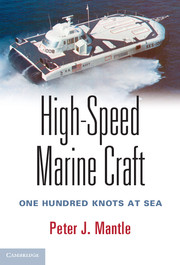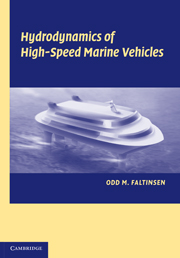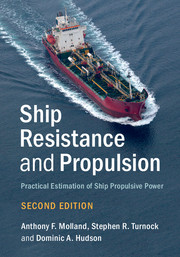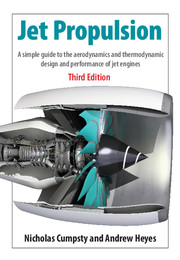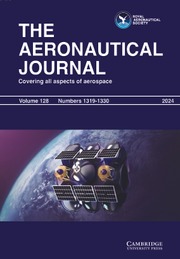High-Speed Marine Craft
This book details the efforts to build a large naval vessel capable of traveling at one hundred knots. It is the first book to summarize this extensive work from historical and technical perspectives. It explores the unique principles and challenges in the design of high-speed marine craft. This volume explores different hull form concepts, requiring an understanding of the four forces affecting the lift and the drag of the craft. The four forces covered are hydrostatic (buoyancy), hydro-dynamic, aerostatic, and aerodynamic. This text will appeal to naval researchers, architects, graduate students and historians, as well as others generally interested in naval architecture and propulsion.
- Features twelve chapters (with ample cross-referencing) for ease of documentation for the historical record and the technical features in the development of high-speed marine craft
- Summarizes this extensive work from an historical and technical perspective
Product details
February 2016Hardback
9781107090415
656 pages
261 × 185 × 38 mm
1.28kg
502 b/w illus. 44 tables
Available
Table of Contents
- 1. The goal of one hundred knots
- 2. History of high speed development
- 3. The first surface effect ship
- 4. History of MARAD 'large surface effect ship' program
- 5. History of US Navy 'large surface effect ship' program
- 6. SES-100A and SES-100B test craft and the 'three thousand ton SES'
- 7. Economic considerations
- 8. Technical considerations
- 9. Navy military operations considerations
- 10. The Advanced Naval Vehicles Concepts Evaluation (ANVCE) project
- 11. Aerodynamic air cushion craft
- 12. Lessons learned and where to next?

